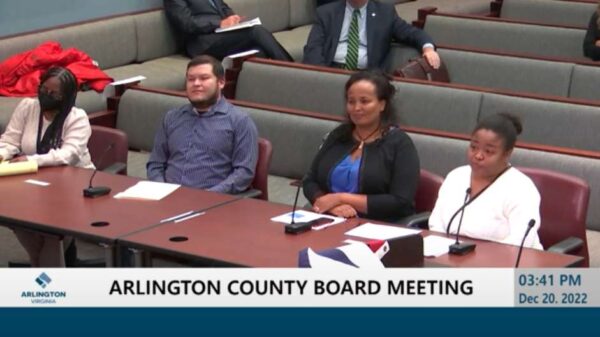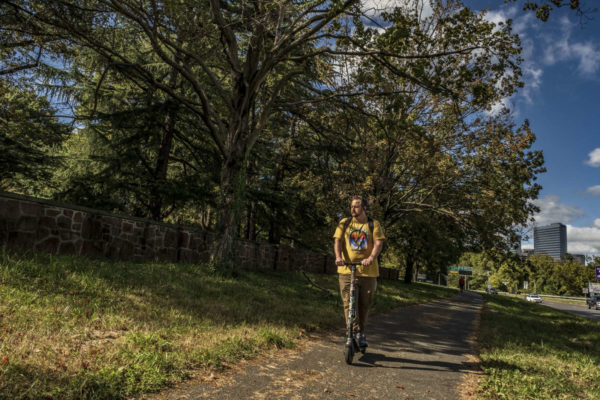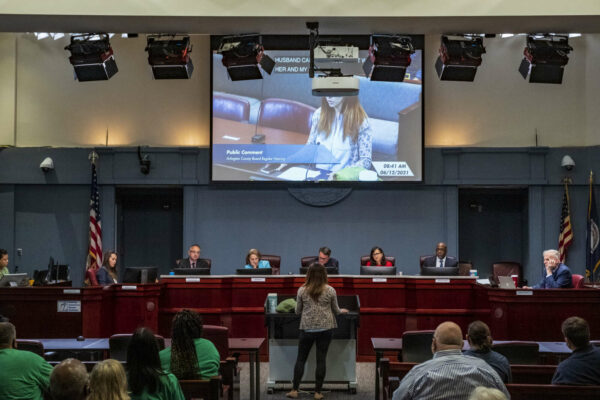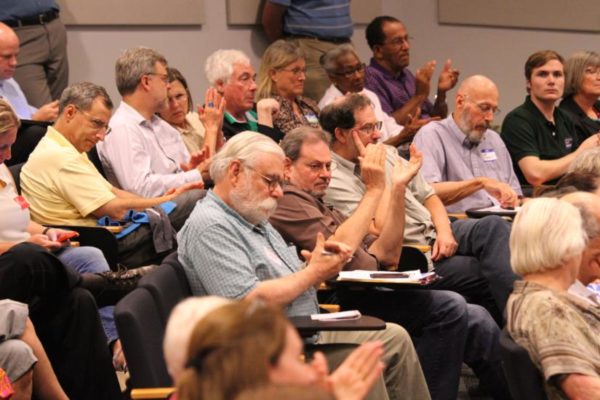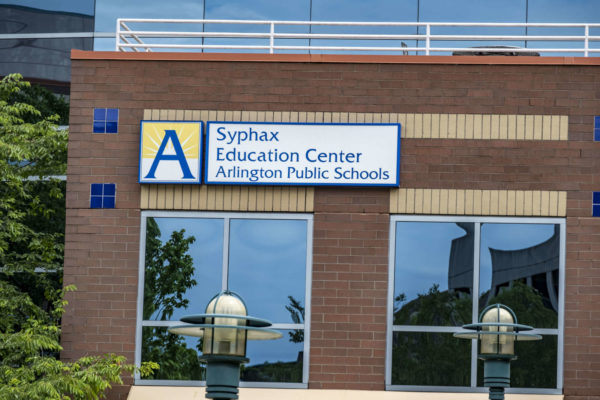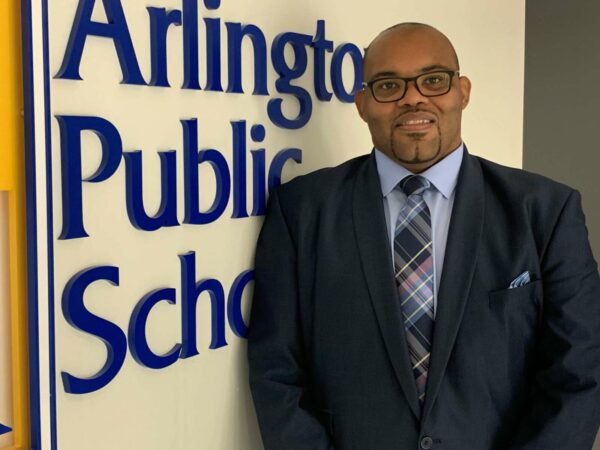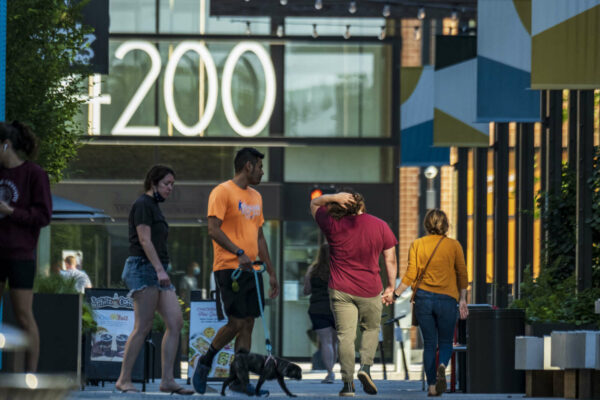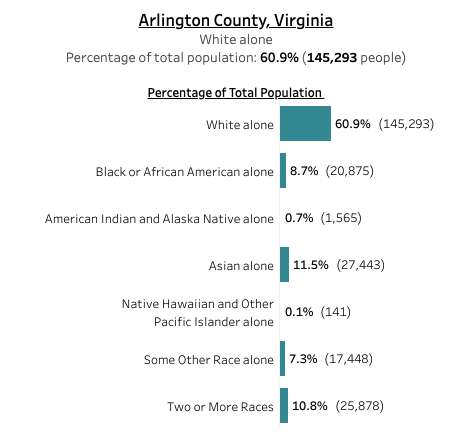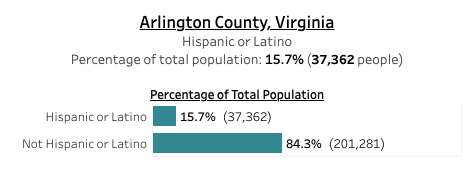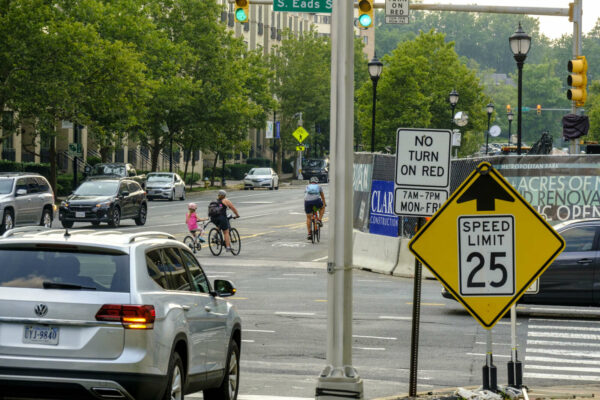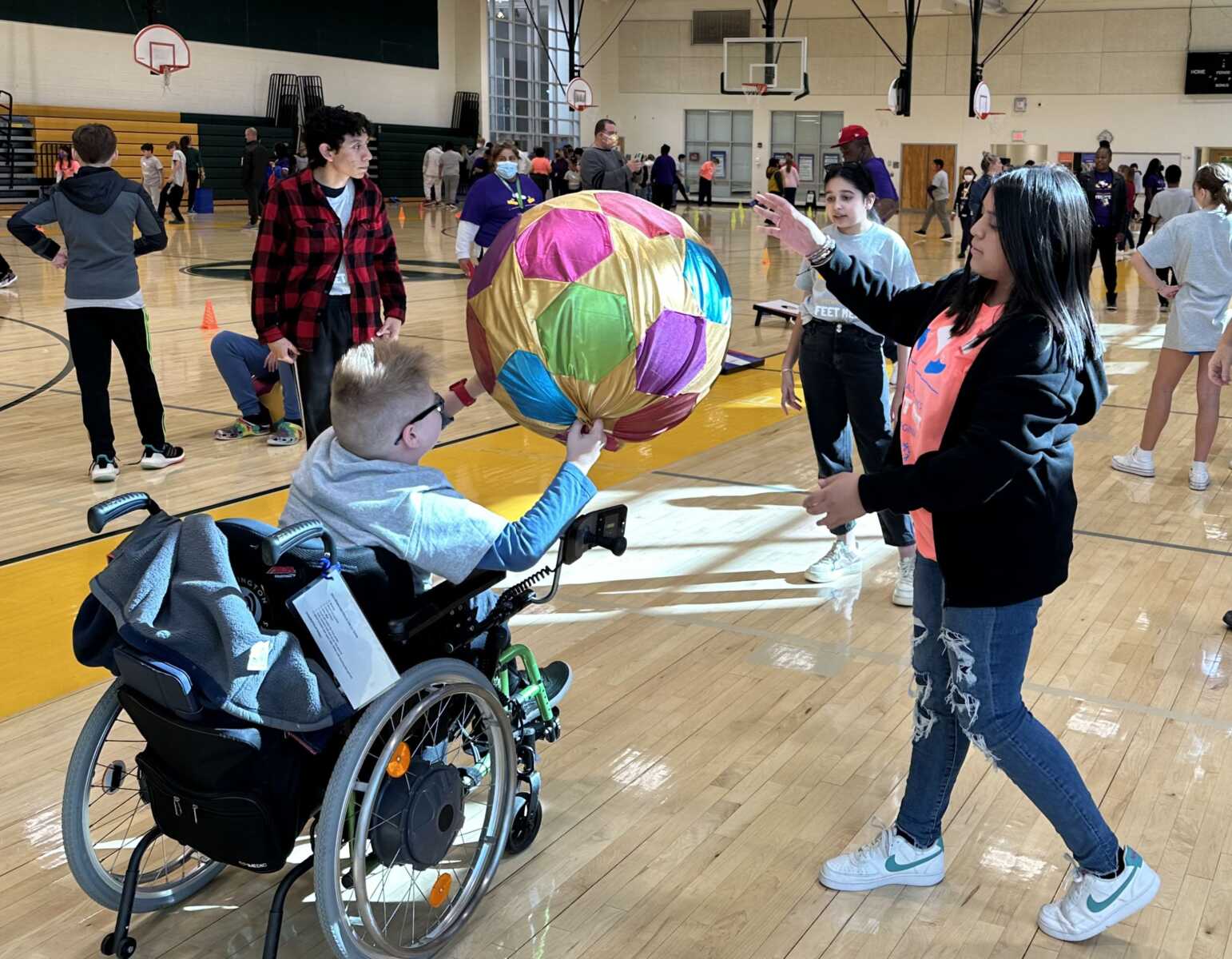
For the last decade, Arlington Public Schools has tried to increase the time students with disabilities spend with their typically abled peers.
Creating a more inclusive environment can benefit students with disabilities and their peers, according to some studies — though not all — as well as new APS academic data. But it is easier said than done.
As of the 2020-21 school year, 67% of students with disabilities spent 80% of their time in the general education setting. The students who make up the difference might spend more time in a small-group setting or they may be placed in county-wide programs.
The 67% figure put APS 5 percentage points below state targets that year and 13 percentage points below a goal it set in its 2018-24 strategic plan.
Progress toward this goal has been sporadic because APS lacked a concrete plan and system-wide buy in to make these changes, according to old APS reports and interviews ARLnow conducted.
“The basic punchline is that they set the goal… and then they didn’t do anything differently for the subsequent five-plus years,” says parent David Rosenblatt, the former chair of Arlington Special Education Advisory Committee. “There was no meaningful plan except goals on paper.”
There are new signs of progress, though.
This year, the Office of Special Education is working with leaders of schools with inclusion rates below 65% to develop goals around increasing inclusion and strategies to help staff with this work, according to APS spokesman Frank Bellvia.
APS is in the early stages of hiring a consultant to devise system-level changes. It issued a request for proposals this summer and is re-issuing a new one this fall.
Previous consultant reports from 2013 and 2019 said Arlington could improve its inclusion efforts but left it to the school system to change. The 2019 report gave APS low marks for its progress since 2013.
APS confirmed its 2024 goal will transfer to future strategic plans.
“Supporting our [students with disabilities] is a core value for the district, and it will take some time to achieve this goal as it involves several factors,” Bellavia said. “Some of these include building an inclusive mindset with staff and within the community, staffing needs, and master schedules at the school.”
What inclusion looks like today
For APS, the good news is that, in 2019, a majority of students receiving services for their disability said they were treated fairly, welcomed in school and able to participate in afterschool activities.
On the other hand, 30% said this was not their experience and 35% said only some or none of their teachers have high expectations for them or “that they don’t know,” per the report.
For special education attorney Juliet Hiznay, students with disabilities can benefit from the higher expectations set in general education classrooms than in separate programs.
“The rationale for [these programs] is that they need a lower ratio, fewer distractions, modified curriculum,” she says. “The problem with that is that we’re looking at supporting a programmatic model rather than taking the student and saying, ‘How do we include her? What is she capable of?’”
Separate tracks may also contribute to fewer general education teachers who receive sufficient training to teach students with disabilities. The 2019 report found only 45% of general education teachers felt equipped to teach this population.
Annually, APS reports to the state how much time students with disabilities spend in with their typically abled peers in general education classrooms, as well as at lunch, recess, study periods, libraries and field trips.


